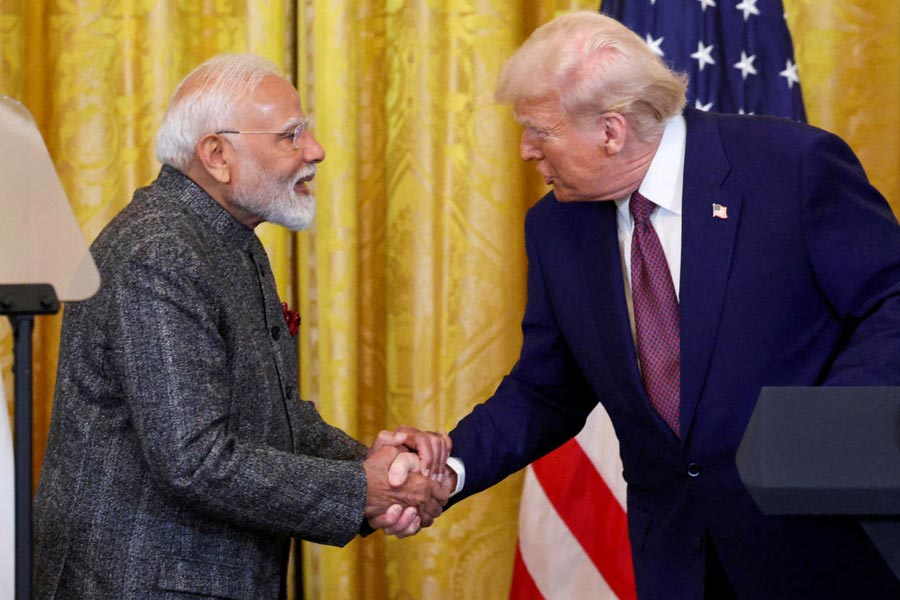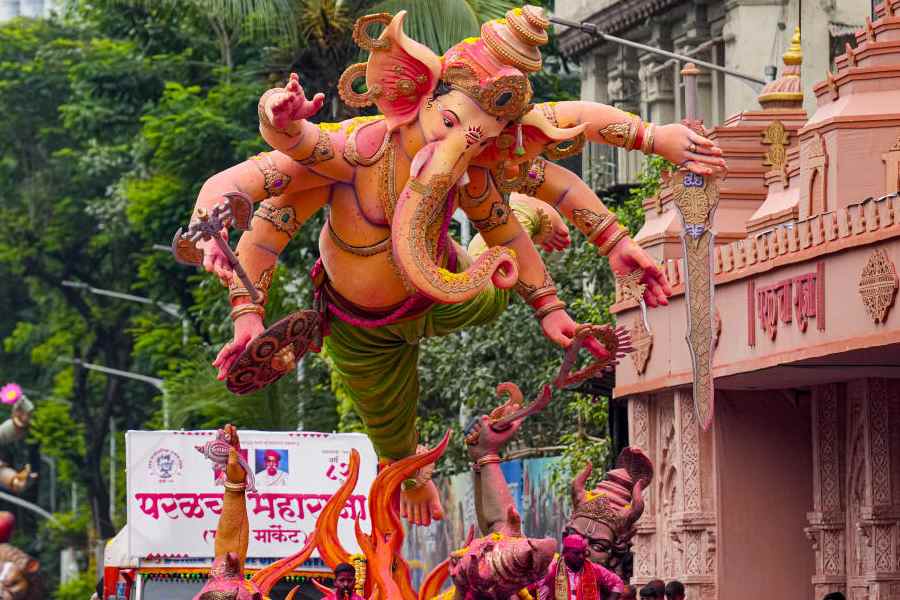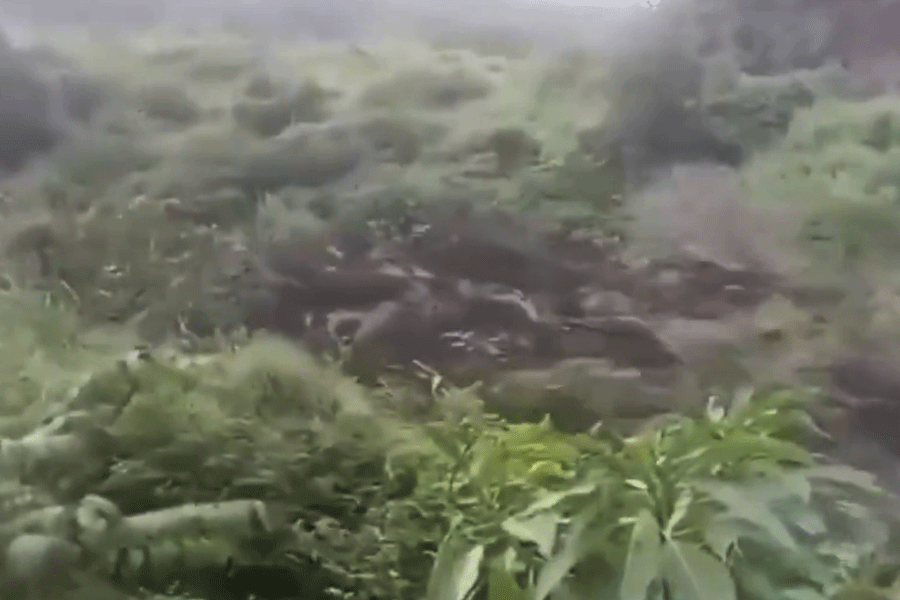Book title: Between Two Worlds: The Assamese Sikhs
Author: Bimal Phukan
Publisher: Spectrum
Pages: 178
Price: Rs 695
Sayantan Banerjee

Between Two Worlds: The Assamese Sikhs adds to the collection of the myriad and enviable library of Assamese literature. It finds a special place among works like Assam Valley, Assam: A crisis of identity and The Valley in Blossom.
An engineer by profession, Phukan has demonstrated the prowess of a seasoned campaigner of Assamese culture and its people. The illustrations and examples of literary works that the author provides are a clear indication of the amount of keen research he has put in while tracing the roots of Assamese Sikhs.
No mean feat, Phukan's third book after Srimanta Sankaradeva: Vaishnava Saint of Assam and Dukhan Durar Ghar (House with Two Doors), Between Two Worlds: The Assamese Sikhs is an eye-opener for many who are unaware of how Assamese these Sikhs are.
Phukan's endeavour is just not an addition to the long list of works on Assamese Sikhs by many poets, litterateurs and essayists of the state; it unveils fresh angle to the history of these people.
The social upheavals, political heartburn and economic compulsions of these Sikhs, who boast of an Assamese soul, are a fodder for thought for the readers as well as "people in power".
However, at times Between Two Worlds: The Assamese Sikhs becomes a bit repetitive and it could have done with a bit more conscious editing. The incidents pertaining to the Battle of Hadirachaki are repeated numerous times, perhaps out of compulsion of driving home the point rather than a literary necessity.
From tracing the rise of Sikhism as a non-violent way of life under Guru Nanak in the 15th century to its transformation into the "militant khalsa" under Guru Gobind Singh 200 years later, Phukan does a commendable job.
The author deliberates on both sides of the coin while trying to dissect the mind of the Assamese Sikhs and their need for a tangible "story" to validate their presence in such a distant land.
Phukan charts the evolution of the community since the early days of its arrival as barkandazes (mercenaries) or, as the folklore goes, as warriors called upon to aid Ahom King Chandrakanta Singha against the Burmese invasion.
The comparison of the history of the Assamese Sikhs and the Punjabi-Mexican Americans and how the two coped in an alien land is arguably the most endearing part of the book. While the Assamese Sikhs held on to their religion and ancestry, they accepted Assamese as their mother tongue. Contrast this to the Punjabi-Mexican Americans whose ancestry is a "cherished yet distant memory".
The Assamese Sikh settlements at Chaparmukh and Barkola in Nagaon district of Assam are a true testament of grit, perseverance and loyalty to one's home and hearth.
Phukan has beautifully brought out the agony of these people as a discriminated lot, especially by their Punjabi Sikh brethren, who run businesses in Assam and "look down upon" their Assamese counterparts.
The chapter Sikhs of Assam is a masterclass in anthropology and social history.
The brief information that the author provides on some of the pioneering Assamese Sikhs cements their place in the annals of Assamese landscape. The portion of the book dealing with the Sikh diaspora is another well thought-out approach to reach out to readers around the world.
From the cover page to the notes at the end, it is a well-crafted book on a subject matter that has not often received the attention it truly deserves. The history of the Assamese Sikhs has familiarity with the history of migrants around the world, albeit a departure that makes it unique.
Though the pace of the narrative at times becomes repetitive, in its macrocosm, Between Two Worlds: The Assamese Sikhs, is definitely worth a read, especially for historians and keen followers of Assam and its people.
The readers will undoubtedly appreciate the earnest effort that Phukan has put into this body of work.











